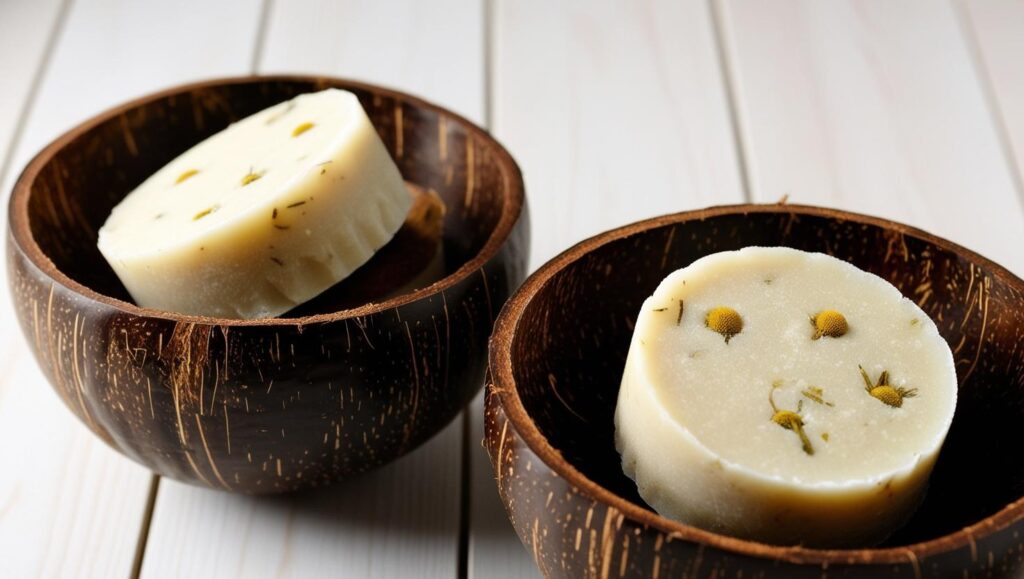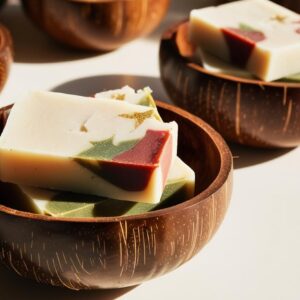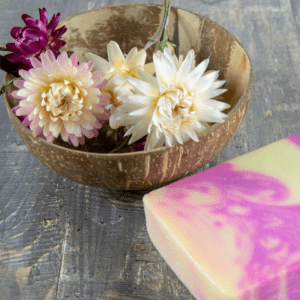Homemade Soap
How To Make Your Own Homemade Soap
Are you tired of using commercial soaps that leave your skin feeling dry and irritated? Have you ever considered making your own homemade soap?
Not only is it fun and easy, but it also allows you to control the ingredients and customize the scents to your liking. In this blog post, we’ll explore the wonderful world of homemade soap and how you can get started on this rewarding and creative journey.
Making your own soap is a fantastic way to ensure that you are using natural and nourishing ingredients on your skin. Many commercial soaps contain harsh chemicals and synthetic fragrances that can strip the skin of its natural oils and cause irritation. By creating your own soap, you have the opportunity to use high-quality oils, butters, and essential oils that will leave your skin feeling soft, smooth, and moisturized.
One of the best things about making homemade soap is the endless possibilities for customization. You can choose from a wide variety of oils such as olive oil, coconut oil, shea butter, and cocoa butter to create a soap that suits your skin type and preferences. Additionally, you can add natural colorants like clays, herbs, and spices to give your soap a beautiful and unique appearance. And let’s not forget about the scents! Whether you prefer floral, citrusy, or earthy aromas, there are countless essential oils to choose from to create a fragrance that speaks to you.
If you’re new to soap making, don’t worry – it’s easier than you might think. There are plenty of resources available online, including tutorials, recipes, and forums where you can connect with other soap makers. You’ll need some basic equipment such as a digital scale, a thermometer, a stick blender, and soap molds, but these are relatively inexpensive and easy to find. Once you have your ingredients and equipment ready, you can start experimenting with different recipes and techniques to find what works best for you.
When it comes to the actual soap making process, there are a few key steps to keep in mind. First, you’ll need to carefully measure out your ingredients according to your chosen recipe. It’s important to be precise with your measurements to ensure that the soap turns out just right. Next, you’ll need to mix together the oils and lye (sodium hydroxide), which is the chemical reaction that transforms these ingredients into soap. This step requires caution and attention to safety, as lye is a caustic substance that can cause burns if mishandled. Be sure to wear protective gear such as gloves and goggles and work in a well-ventilated area when handling lye.
Once the oils and lye have been combined and thoroughly mixed, you can add any additional ingredients such as colorants and essential oils. Then comes the exciting part – pouring the soap into molds and allowing it to set for 24-48 hours. After this initial period, you can unmold the soap and cut it into bars or shapes of your choice. The soap will then need to cure for 4-6 weeks, during which time it will harden and the excess water will evaporate, resulting in a milder and longer-lasting bar.
Not only is making homemade soap a fun and creative hobby, but it also makes for a thoughtful and personalized gift for friends and family. Imagine giving someone a beautifully crafted bar of soap that you made yourself, complete with their favorite scent and tailored to their skin’s needs. It’s a gesture that shows you care and have put time and effort into creating something special just for them.
In addition to the satisfaction of creating something with your own hands, making homemade soap can also be a more sustainable choice. By using natural ingredients and reusable molds, you can reduce your environmental impact compared to purchasing commercial soaps packaged in plastic bottles or containers. You can also explore using local and organic ingredients to further support sustainability and reduce your carbon footprint.
So, if you’re ready to embark on a delightful journey of creativity, self-care, and sustainability, why not give homemade soap making a try? With endless opportunities for customization, a supportive community of fellow soap makers, and the satisfaction of knowing exactly what goes into your skincare products, it’s a hobby that’s sure to bring joy and fulfillment. Whether you’re making soap for yourself or as gifts for others, the process of creating something beautiful and beneficial for the skin is an experience like no other. So gather your ingredients, don your safety gear, and let’s get started on making some fabulous homemade soap!



